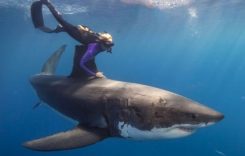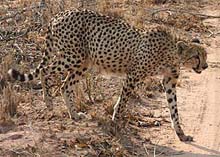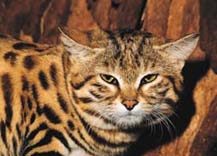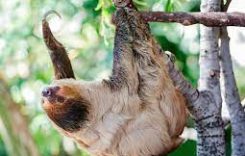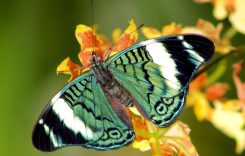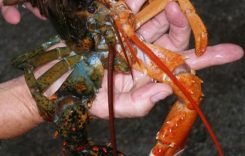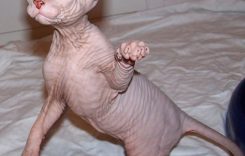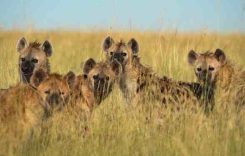Hippopotamus
s_jansen.jpg)
The hippopotamus is the second largest land mammal weighing in at around 4144 pounds (1880kg) and a shoulder height of around 4-5 ft. The scary fact is this animal can outrun a human for about 100m.
The Hippopotamus is an amphibious mammal that spends most of the daytime in water and the night time grazing along river banks. A hippo’s* head is adapted for a semi-aquatic life – the ears, eyes and nose are placed on top of the head and protrude out the water while the rest of the body is submerged. The ears and nose close automatically when submerged. The bottom incisor teeth can grow as long as 15 inches (38 cm).
The hippo * is a grazer and can eat up to 90 pounds (40 kg) of grass a night. It literally mows the grass with its 2ft wide lips. Before modern science, hippos were thought to ‘sweat blood’. This is neither sweat nor blood but a natural ‘sun screen’ secretion that looks like a red oily substance. This oily secretion also has anti bacterial properties. A hippo’s* skin is 2 inches (4-5cm) thick and accounts for 25% of its body mass (1/2 ton).
Dowload interesting animal sound for your ringtone: ringtonesonic.com
Giraffe
s_jansen.jpg)
A giraffe is the tallest of all animals living on land and can reach a height of over 5m (16ft) tall. They have blue black tongues which can grow to over 40cm long (1.5ft) and are impervious to thorns found on their favourite diet, the acacia tree.
An adult giraffe’s heart weighs around 10 kg (22 lb) and measures about 2 ft long and creates the highest known blood pressure in a mammal – more than double that of a human. Giraffes give birth standing up and the calf can start to walk within an hour of being born.
Gemsbok
a_barnett-harris_061.jpg)
The Gemsbok or Oryx is an antelope that has adapted well to arid desert conditions where food is dispersed, the heat is intense and little or no water is found.
Like other animals found in desert regions the Gemsbok is efficient at preventing water loss from their bodies. They do not need surface water for survival, as they obtain enough moisture through the vegetation they eat. Gemsbok urine is very concentrated and faecal pellets very dry. They are able to increase their body temperature in order to delay evaporative cooling through perspiration. At night when the ambient temperature drops, the stored heat in their body escapes and their body temperature drops to a normal state.
Gemsbok have an intricate network of blood vessels, situated in the nose which cool down the blood supplied to the brain, thus protecting the gemsbok from deadly temperatures. They also reduce heat absorption by keeping their cylindrical bodies angled away from the sun.
